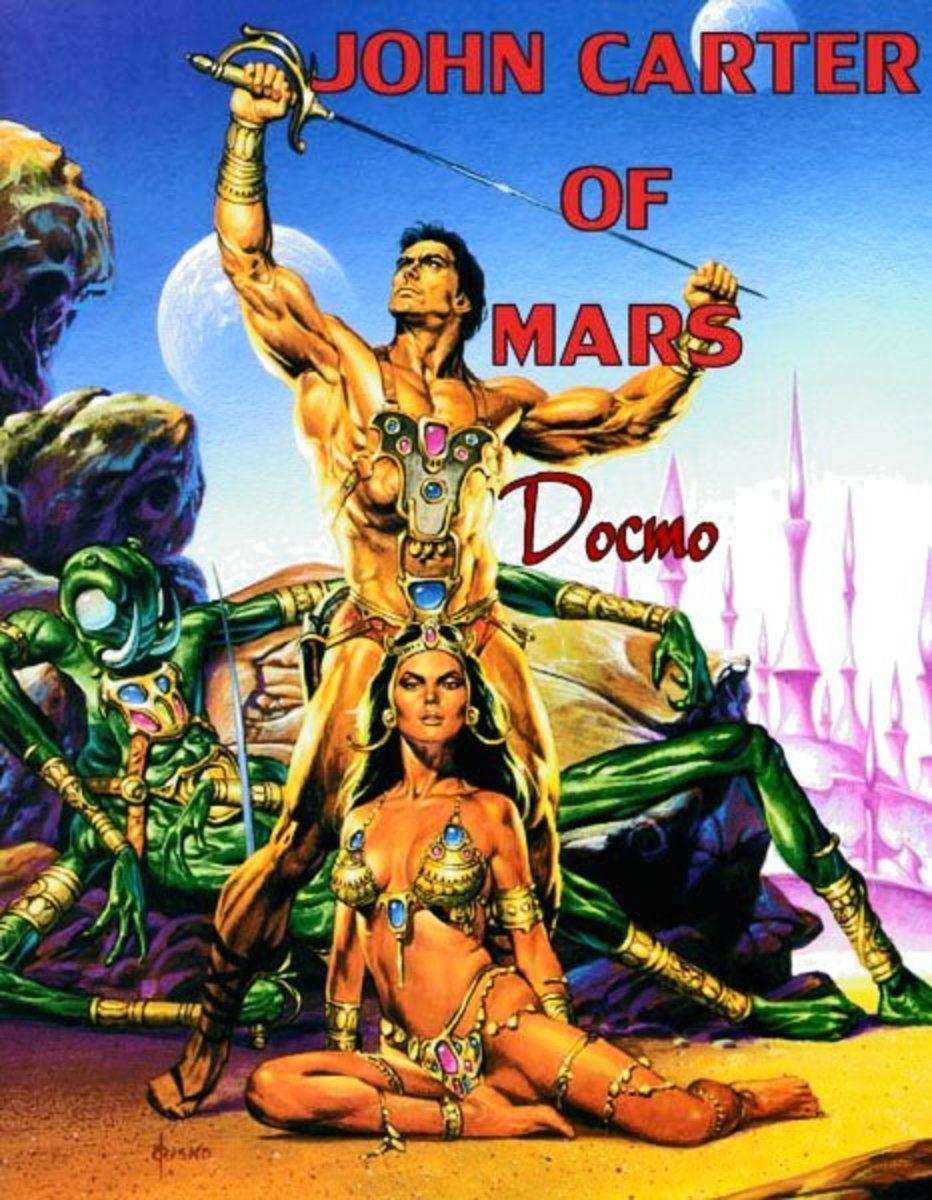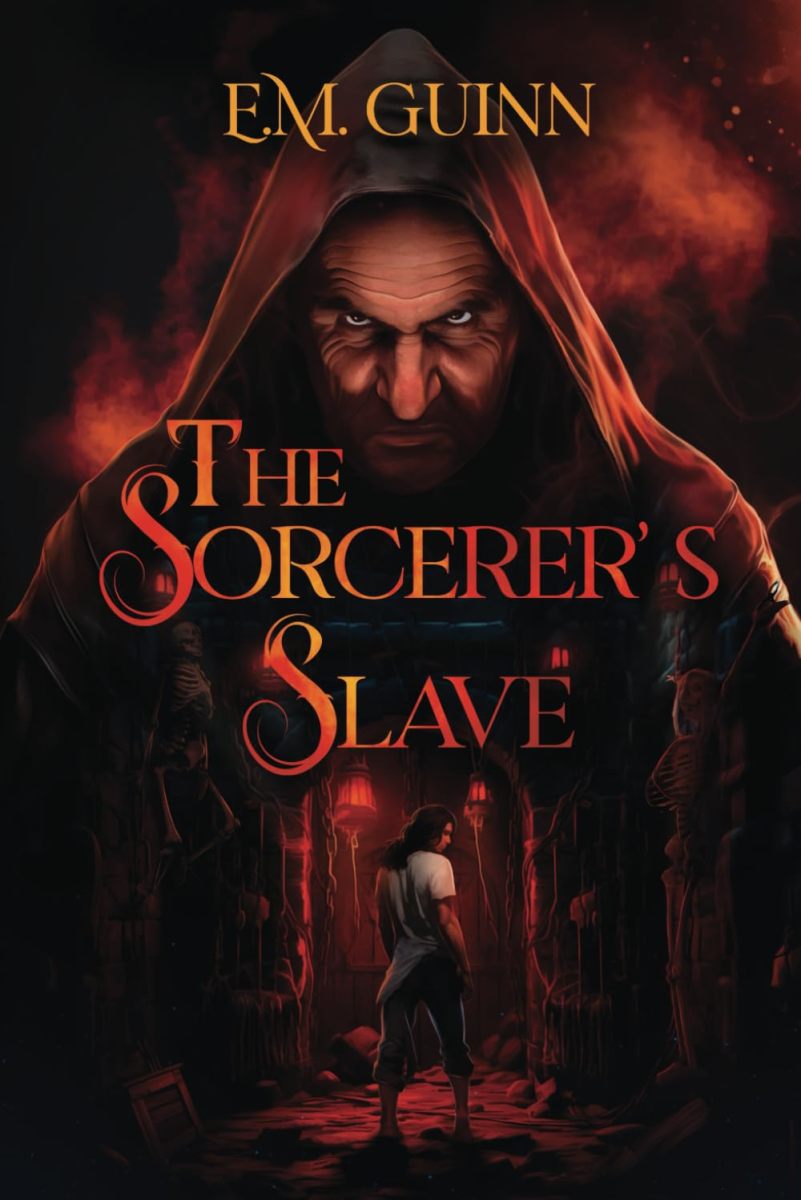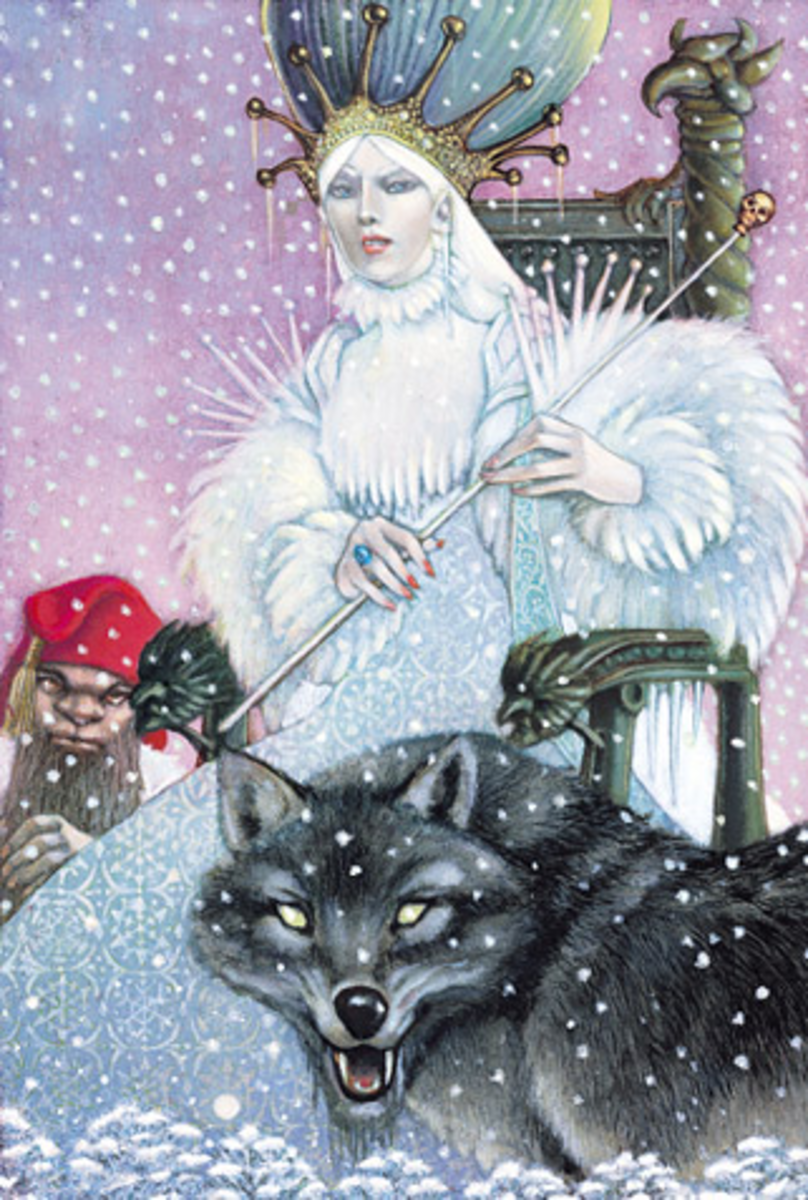- HubPages»
- Books, Literature, and Writing»
- Books & Novels»
- Fiction»
- Science Fiction & Fantasy Books»
- Fantasy
Historical Inspirations for “Game of Thrones”
HBO’s hit series “Game of Thrones” is an adaption of novelist George R.R. Martin’s “A Song of Ice and Fire” series. Although the series contains many fantasy elements, a great deal of it is based (loosely) on real historical events and places. Here are some locations and occurrences that Martin has said inspired him while he was writing the series.
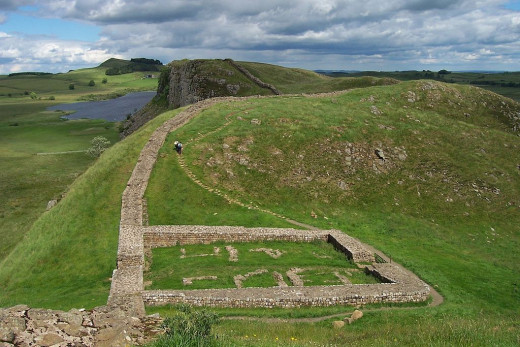
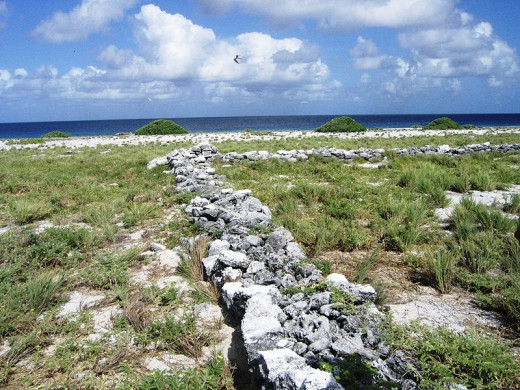
Hadrian’s Wall
Built about 1,900 years ago during the reign of Roman emperor Hadrian, the remains of Hadrian’s Wall are located in what is now northern England. Hadrian’s specific motivations for building the wall are somewhat murky, but the most common theory is that it was intended to protect the citizens of the empire from the tribes that lived north of the wall in what is now Scotland. From a Roman perspective, these tribes were savage barbarians. The wall stretched nearly eighty miles and took about six years to complete. It was originally about ten feet tall and featured watchtowers and forts. The wall was built and manned by Roman soldiers. Today, the remnants of Hadrian’s Wall are a popular tourist attraction.
“The Night’s Watch is the only thing standing between the realm and what lies beyond, and it has become an army of undisciplined boys and tired old men.” – Aemon Targaryen
George R.R. Martin has cited Hadrian’s Wall as his inspiration for The Wall, an ancient, colossal structure that stands at Westeros’s northern border. The Wall is manned by a rag-tag group of misfits known as the Night’s Watch. The modern Night’s Watch members generally believe that the Wall’s purpose is to keep the citizens of the Seven Kingdoms safe from the primitive people who live beyond the Wall, who are pejoratively called wildlings. The Wall’s original purpose, however, was to protect Westeros from the White Walkers, an enigmatic race of sinister beings who invaded the kingdoms 8,000 years earlier.
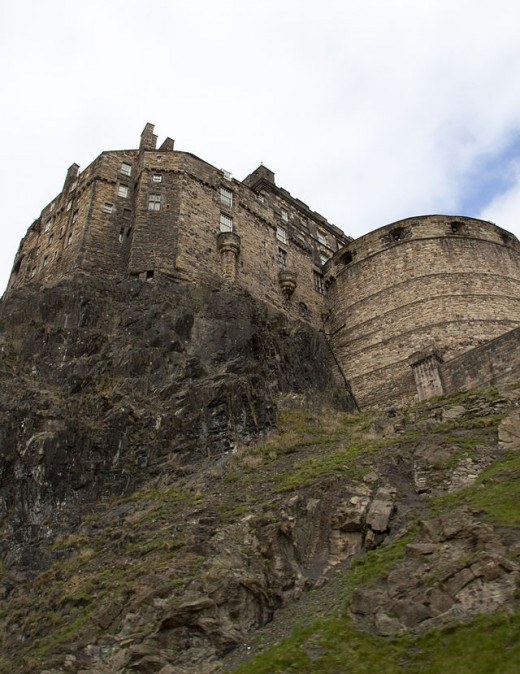
The Black Dinner
“It wasn’t for the murders that the gods cursed the rat cook, or for serving the king’s son in a pie. He killed a guest beneath his roof. That’s something that the gods can’t forgive.” – Bran Stark
The Black Dinner took place in Scotland in November 1440. King James II, a ten year old boy, sat on the throne after the death of his father four years earlier. Due to his young age, the king had powerful regents who were responsible for running his kingdom. His two most prominent advisers were Alexander Livingston and William Chrichton. The duo had risen to power after the king’s previous regent, Archibald Douglas, had died of plague. Livingston and Chrichton feared that the remaining members of the prominent Douglas clan would eventually remove them from power. They decided to invite Douglas’s teenage son William (who became the Earl of Douglas after his father’s death) and his younger brother, David, to Edinburgh Castle for dinner. The occasion was ostensibly to bury bad blood between the Douglas clan and the king’s new regents. The boys arrived and were treated to a lavish feast. They enjoyed chatting with the young king and were having a great time. Unfortunately, their evening was about to take an ominous turn.
At the end of the meal, soldiers entered the room playing bagpipes and banging on a drum. A silver platter carrying the head of a black bull, a symbol of death in medieval Scottish culture, was placed on the dinner table. William and David were given quick mock trials, declared guilty of treason, and beheaded in front of the horrified young king, who had not been privy to the plot.
“You forgot to ask one question. You forgot to ask if I’m a liar!” – Ramsay Bolton
There is debate amongst historians about whether the Black Dinner occurred. Some scholars believe that the boys were simply arrested and executed immediately after they arrived at the castle. True or not, this incident has been cited by George R.R. Martin as a partial inspiration for the notorious Red Wedding, in which several major characters are betrayed and slaughtered at a wedding feast, ending their rebellion against the crown.
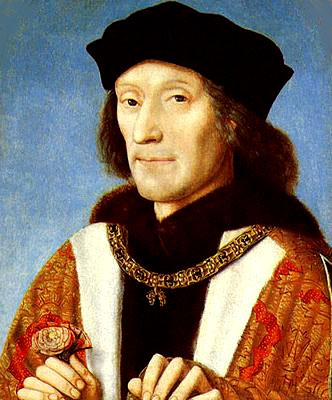
The War of the Roses
“When you play the game of thrones, you either win or you die. There is no middle ground.” – Cersei Lannister
The War of the Roses was a bloody 14th and 15th century conflict between two powerful medieval houses, the Lancasters and the Yorks. Both houses felt that they were the rightful claimants to the English throne. The Lancasters were associated with red roses, while the Yorks were associated with white ones. These houses were the inspirations for the Lannisters and Starks in “Game of Thrones”. The War of the Roses ended in 1487 after a marriage between King Henry VII and Elizabeth of York. Their union launched the famous Tudor dynasty.
Here is a fun video (not made by me) that explain the conflict in greater detail and draws parallels between some of the people involved and the characters in “Game of Thrones.”

